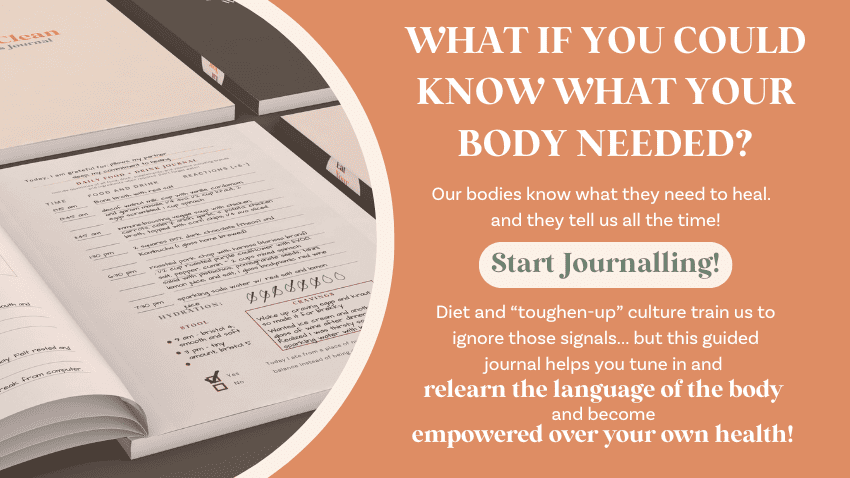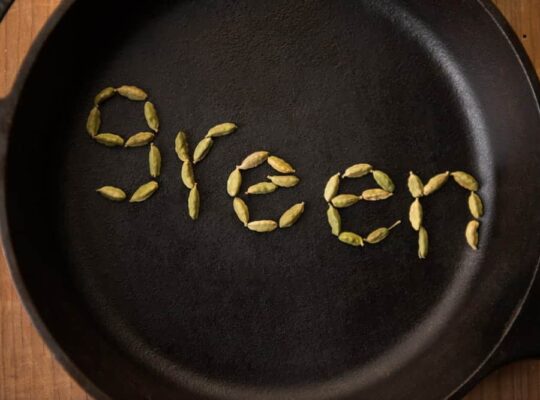July’s Nutritional Book Club is “The Plant Paradox” by Dr. Steven Gundry. The author was a practicing cardiologist who transitioned his practice to focus on lifestyle and diet choices when he started to see incredible transitions and recovery in his chronically ill patients.
As with all diet books, his is met with controversy. You can find several articles arguing against his research. You can find this book as an audiobook at the public library or here on amazon.
What you find below is my notes, takeaways and learning from the book. Occasionally I’ll add my own opinion but I try to make that distinction clear. If you want to see future nutrition book club summaries and cliffs notes, join my monthly newsletter.
A Book Review: The Plant Paradox
The book is supported mostly by anecdotal patient case studies. He discusses several patients that had multiple chronic diseases and saw recovery after implementing his plant paradox diet. He includes patients with cardiovascular disease, Crohn’s disease, Lyme, and even cancer. Note: he includes all of his diet recommendations in his book which you can get for free at the library.
The Plant Paradox explains that unintended chemical additives are causing harm to our gut and endocrine system, thus leading to the rise in chronic disease in our population today.
The Focus = Leptins
The main culprit in the book is lectins. Lectins appear in legumes, grains, and nightshades, among other plants, as a protective chemical. The idea is that the plant does not want to be eaten so it uses lectins to make the predator sick. Then that predator will wise-up and no longer eat the plant. In his book, Dr. Gundry attributes leaky gut and the chronic diseases that come after to increased lectin consumption.
According to the book, you can only break down lectins by pressure cooking, but I wasn’t able to find supporting evidence of this. Contrary to the book, you can also break down lectins by soaking and sprouting your nuts, seeds, and grains or fermenting them as one would in a traditional sourdough process. An interesting takeaway from the book is that the amount of lectins has increased in our foods due to cross-breeding and genetic modification.

Recommendation
Overall, I think the book had some good points and some gaps, like many nutritional books on the market.
We should probably look to traditional preparation methods for foods, including fermenting, soaking and sprouting and start paying attention to pesticides and preservatives hiding in our foods.
However, I’m not quite convinced that the answer is to swear off all lectin-containing foods forever.
What are your thoughts on the lectin debate? Have you heard of lectins before and are you interested in learning more about this book or other nutritional books?










Hi, I read your blog, and you’ve mentioned about Dr. Gundry’s works it happens that I’m also following one of his articles online, here’s what I meant https://gundrymd.com/plant-paradox-cleanse/ it helps me a lot, especially on my weight loss journey. I haven’t purchased his book yet, but hopefully soonest. By the way, your post is very informative, and I’m looking forward to reading more of your work and share it with my friends as well.
I’m so happy you found it informative! I have a nutrition book club that releases information like this and book reviews every quarter if you want to sign up! Good luck on your journey – you deserve it!